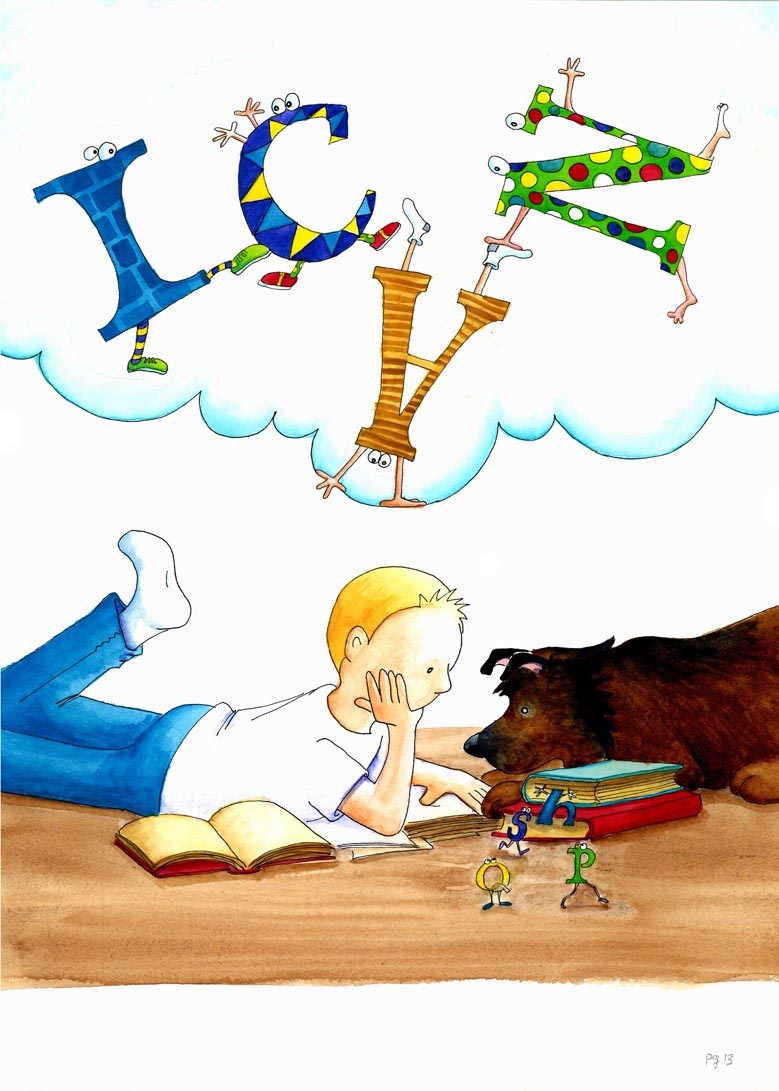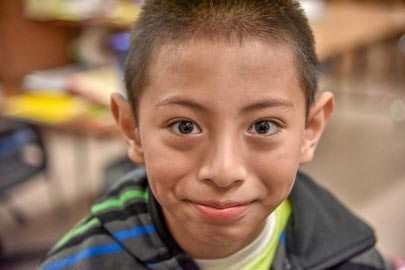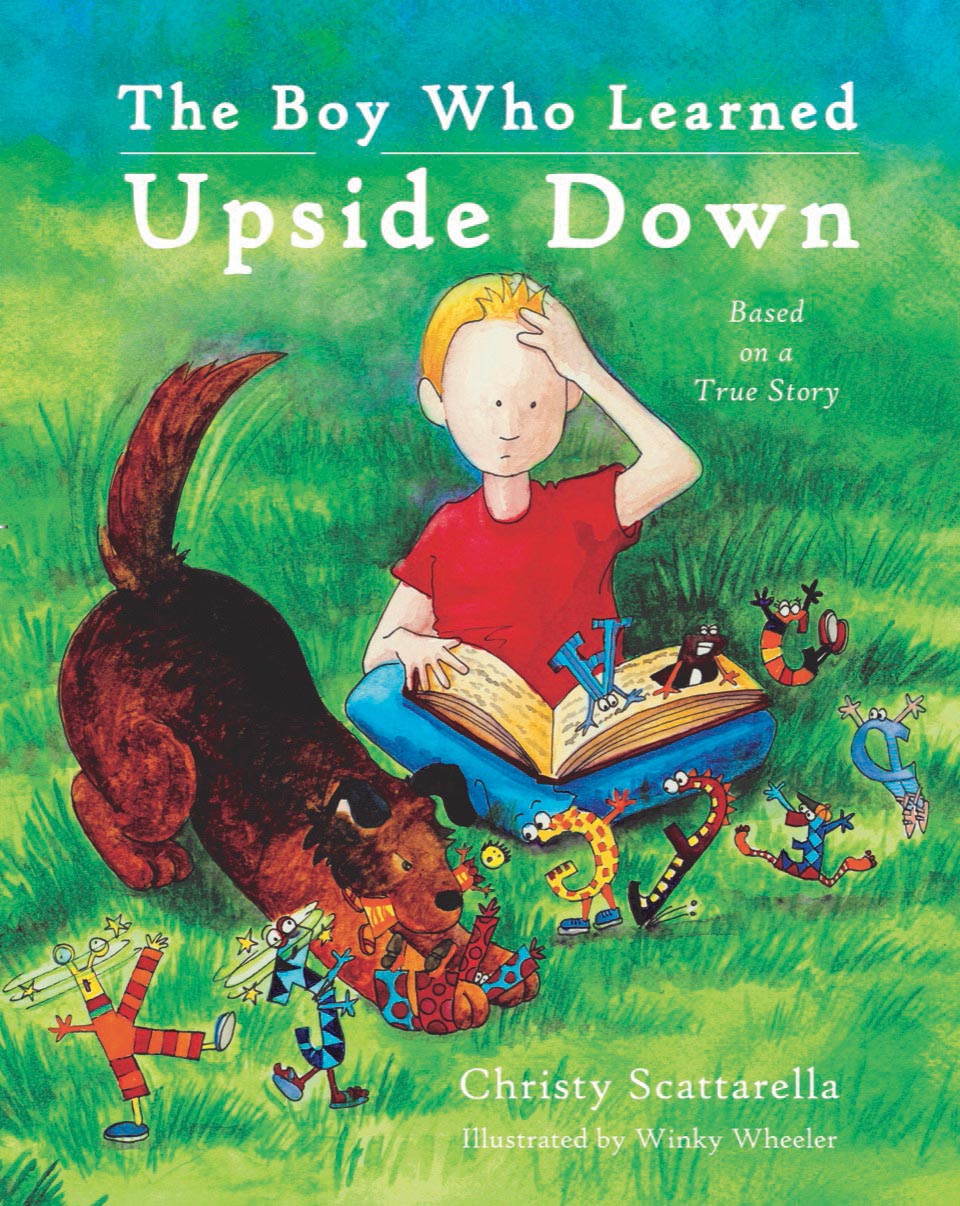Guest Blog By Christy Scattarella, Executive Director/Founder, The Shadow Project
 Come reading time in Ms. Peggar’s 2nd grade classroom, my son would place a book on his head, rock back and forth, and hum to himself. Alex has dyslexia and attention deficit disorder or ADD. Trying to read the traditional way–with his eyes –resulted in words jumping around the page. I applauded this creative endeavor to redirect the book’s contents straight to his brain. After all, what other option did he have? At the time, decent alternatives to print books were virtually nonexistent.
Come reading time in Ms. Peggar’s 2nd grade classroom, my son would place a book on his head, rock back and forth, and hum to himself. Alex has dyslexia and attention deficit disorder or ADD. Trying to read the traditional way–with his eyes –resulted in words jumping around the page. I applauded this creative endeavor to redirect the book’s contents straight to his brain. After all, what other option did he have? At the time, decent alternatives to print books were virtually nonexistent.
Fast forward to today: Assistive technology has revolutionized the way children with dyslexia and other disabilities can learn to read. That’s good news, because third grade reading proficiency is a key predictor of high school graduation.
Then there’s the less-than-great news: For various reasons, this urgently needed tool remains underutilized. I’ve heard some folks label reading technology “cheating,” or decree, “That’s not really reading.” Maybe they don’t know the courage it takes for these kids just to show up at school each day, dreading that moment they have to open a book where the words run around, or worse yet, get called on to read aloud.
Equity in education means removing systemic barriers to success and creating an educational environment where ALL children can achieve their potential. Students have the right to learn to read in modalities that capitalize on their strengths, so they can develop “reading to learn” skills that are critical for academic success in middle and high school.
Assistive reading technology narrows the gap between a child’s disability and capability, thus giving those who learn differently what the rest of us took for granted. For example, read the same grade-level texts as your peers.
It’s the difference between losing yourself in a story and just getting lost.
The nonprofit I founded, The Shadow Project (named for my son’s dog) partners with teachers to make learning more accessible and engaging for children with learning challenges. We’re in Oregon, where 79% of students in special education do not meet third grade reading proficiency. That’s one reason why we created a Reading Mentors program, which uses the Learning Ally audio-visual library, with human-read audio-visual books designed for kids who need a different way to read. We pair this technology with trained volunteers who motivate children to set reading goals and celebrate their progress.
 Let me introduce you to a few of these courageous readers:
Let me introduce you to a few of these courageous readers:
Johnny, a 5th grader with dyslexia, would sit in class each day, afraid someone would notice he was only pretending to read. “I felt like I was cheating,” he said. Today, Johnny is a star student in his middle school and plans on attending college.
Eric, a 3rd grader, was bullied on the playground for his kindergarten “baby books.” Eric quickly learned to follow highlighted text on a screen and adapt the system to his learning style. He controlled the speed, font size and how often he needed to repeat a word. With this tool and a caring mentor to champion his progress, Eric, who never cracked a book at home, was soon reading 30 minutes a day. Now in fifth grade, Eric reads close to grade level.
Like all children, Annjel loves stories, but she was never able to read them. Surrounded by classmates turning page after page of their books, Annjel would sit staring at the same sentence. “Every time I would read, it would not make sense,” she said. “It was exhausting.” When Annjel could see and hear words at the same time, they began making sense. At school, she began skipping recess to discover a new story. At home, she’d read by flashlight after her Mom turned out the lights. Annjel started middle school reading at grade level.
Adaptive reading tools are as essential as wheelchair ramps. They provide a virtual ramp to learning, inclusion and belonging. Teachers tell us their neuro-diverse students are engaging in classroom reading discussions for the first time and making friends over a shared favorite book.
That’s the case at Woodmere Elementary, a low-income school in Portland where adaptive learning tools are as standard as backpacks and contribute a transformative school culture. “Our students with disabilities are seeing themselves as readers,” says Principal Katherine Polizos. “They feel like they belong in the school community.”
Assistive reading technology raises expectation for students with disabilities, a population whose potential continues to be squandered by a bar set too low. Not until 2017 did the U.S. Supreme Court declare that educational progress for this population needed to exceed barely more than trivial, or “de minimis.” Every child should have access to the reading tool he or she needs to succeed. Let’s make equitable education for diverse learners the rule, so the successes of Johnny, Eric and Annjel are not the exception.

Christy Scattarella, M.A. is the founder and executive director of The Shadow Project, a Portland, OR nonprofit that has partnered with teachers to improve academic and social-emotional outcomes for more than 11,000 children with dyslexia and other learning challenges. Teachers use Christy’s award-winning children’s book, The Boy Who Learned Upside Down about her son, to help struggling readers manifest their innate courage.
Listen to Christy's archived edWebinar, "Supporting Dyslexic Readers, How to Go From I Can't to I CAN!

Book cover illustrations © Winky Wheeler, 2014, from The Boy Who Learned Upside Down